In my last post and this one I am sharing highlights from presentations by the several artists who joined us in the second half of the course and key ideas that resonated most for the students. The last two sessions, discussed in this post, focused primarily on the notions of taste and craft.
April 14 – On tastes, on obssessions, on beauty in unusual places (Fred Stonehouse & Polly Carl)
In the first half of this class we enjoyed a great lecture by the artist Fred Stonehouse, who is on faculty at UW-Madison.
Fred was laid back and put the students entirely at ease. He began by talking about growing up in a middle class family and not knowing much about museums. As a Roman Catholic, he said that his experience with art as a child was mostly from religious calendars.
Fred’s work is inspired by where he finds beauty—in tattoos, in devils, in the sacred heart, in bats, in his dog, in skulls—in short, in things that most people find rather dark. Fred’s presentation alternated between the motifs that have inspired him over the years and the works that he created. (See his online gallery for images.)
The students were able to relate to Fred and his art and many expressed later that it was a relief to understand that Fred draws bats, for instance, because he finds bats beautiful; and that sometimes futher interpretation is neither necessary nor even beneficial. At one point, Fred quoted Barnett Newman, the abstract expressionist who said in 1952, “aesthetics is for artists as ornithology is for birds.†Fred characterized artists generally as being about the idea, the object, communicating visually, having imagination and intelligence—but not being intellectuals, per se. Speaking personally, he said that he is most interested in art not sanctioned by the academy. Fred’s talk was very much in line with the Greil Marcus commencement address that I had the students listen to in preparation for this class (see below).
Toward the end of his lecture I reminded Fred that when we first met each other I had been talking about the Elaine Scarry idea that beauty is lifesaving and that he had responded, “Absolutely. It’s what keeps us from hanging ourselves.†Fred elaborated a bit on this, saying that art is an obsession and necessity for him. He commented, “When I’m in the studio I hate to be distracted; it’s hard to come out and deal with life … And if I’m not in the studio for more than about three days I turn into a total douchebag.†The students laughed and I responded, “It’s interesting to think about which practice, if one doesn’t do it for a few days, makes one turn into a total douchebag.”  For me, these days, this seems to be writing. A few weeks later I asked the students to think about just that question. Another portfolio assignment inspired by Fred’s talk: I asked the students to document beauty they find in something typically perceived by people as dark.
***
This same week Polly Carl returned and did an engaging and insightful riff on the Carl Wilson book, Let’s Talk about Love: A Journey to the End of Taste. The book is Wilson’s quest to figure out why so many people in the world love Celine Dion, an artist that he had come to loathe since her triumph at the 1998 Oscars with the theme song from Titanic (over Elliot Smith, who composed the music for Goodwill Hunting). In advance of this class the students wrote about an artist/genre that they loved and one that they loathed and also interviewed someone quite different from them age-wise or background-wise and asked, “Who is a musician/band or other type of artist that you deeply admire, and why?â€
I also gave them the assignment to listen to this 20-minute SVUÂ commencement address by Greil Marcus, in which he talks about art, audience, and artistic hierarchies, among other things.
In class, we spent about an hour exploring the students’ loves and loathes. While almost all students’ taste preferences were firmly planted in the realm of popular art, their loves and loathes were sometimes polar opposites–so the exercise seemed to be a good setup to Polly’s lecture, which focused on tastes and their relationship to values. She began by taking the students back to the 1998 Oscars. She played videos of the performances by both Celine Dion and Elliot Smith and asked the students which artist they would have selected to win had they been voting members of the Academy. (Somewhat surprisingly to Polly and me, all but two voted for Celine Dion.) Polly then introduced the premise behind Wilson’s book and walked the students through the journey he makes. Basically, Wilson’s eyes-wide-open examination of Dion and what her fans value about her ultimately leads him to the point where he can no longer loathe her (or, by extension, those who love her).
Polly also talked about her experience in various gatekeeping roles in the arts. (The term gatekeeping is used by both economists and sociologists to refer to those individuals and organizations who control resources and select which artists/works are produced and distributed). Polly talked, in particular, about the tension that curators, producers, and presenters of art sometimes feel between programming what they love versus what they think other people will like. And she conveyed the discomfort she felt when she first realized that she had the power to make or break an artist and how this caused her to question her judgments and what she was excluding, and why.
This led to a brief introduction to her current position (among other titles she holds at Arts Emerson) as the editor of the online journal at HowlRound. She explained why she is an advocate for the idea of a theater commons and why she encourages the philosophy that anyone who wants to write for the HowlRound journal should have the opportunity to pitch an article. By diminishing its gatekeeping authority and, essentially, allowing hundreds of voices to be heard through the platform, HowlRound is endeavoring to expand and democratize the conversation about theater in America.
We ended with a brief discussion of Pierre Bourdieu and the concepts of social and cultural capital (which, as Polly pointed out, is the only kind of capital most high school and college students have). We encouraged the students to think about what has shaped their tastes and how one’s taste biography is tied to one’s identity. That week I gave them a portfolio exercise to think about an area in life where they now have great taste and to reflect on the process by which their tastes were developed.
April 21 – On the aesthetics of craft (Joshua Berkson, co-owner of Merchant; and Magnus Genioso of Mad Genius, the anonymous sound collective)
Finally, in the last regular session with guests, I invited two individuals: (a) the restauranteur Joshua Berkson, who runs the farm-to-table and craft cocktail establishment, Merchant; and (b) a member of the anonymous sound collective, Mad Genius, who goes by the alias Magnus Genioso. We explored a range of topics with each of them, but the unifying concept had to do with craft.
Josh told the story of graduating from business school and going to work in hedge firms—work that he referred to as soul killing and back breaking (literally, he developed chronic back pain). While living in NYC and making money on Wall Street he became a bit of a foodie—and spent an increasing amount of his time and money checking out the best restaurants in the city. His passion for food began to become an obsession and he decided to go culinary school. Along the way he became increasingly interested in concepts like sustainable food, slow food, farm-to-table, and the American Craft Movement.
Josh ended up in Madison and opened Merchant—a casual farm-to-table restaurant, craft cocktail bar and liquor store. It was one of the first of its kind in Madison at the time. He showed one of the most beautiful PPT presentations I’ve ever seen (and talked a bit about his obsession with great PPT design). He expounded on the challenges of balancing a pure notion of craft against the reality of running a business that is profitable. He also explained the philosophy of “accessible craft†that is at the heart of what he’s trying to do at Merchant.
The students were given a chance to experience his restaurant and were quite engaged in his session. Students asked what he looks for in his employees (answer: people who are nice, who have passion and commitment to the values of the place, and who are not concerned with being hipsters, per se). They also wondered about particularly tough choices or decisions he had to make along the way.
***
Our next guest, Magnus Genioso, is an artist who creates sometimes whimsical, sometimes serious, but inevitably moving works of radio art using noise and conversation that he records. He is part of the anonymous sound collective Mad Genius, whose works can be found on Sound Collective. Magnus played several works; but there were two that we talked about extensively.
The first piece was created as part of a short radio series about the sense of place called @whereabouts. Titled Resale Records, it was recorded in a Madison-based used vinyl shop (of the same name), located in an old rusted-out shed. It is composed from a collection of sounds endemic to the record shop (the sound of flipping through vinyl, for instance) interwoven with an interview done with Eric Teisberg, the owner of the shop, about his work and life.
The second piece we discussed extensively is called Someone’s Screaming Outside and is composed from a series of 911 calls that came in before, during, and after the Trayvon Martin shooting. Magnus called this a piece about witnessing and commented, “Witnessing is really hard. Sometimes there are no concrete facts. Sometimes you don’t know what the hell you are witnessing.â€
The conversation with Magnus touched on concepts like injury, beauty, and ethics as well as the nuts and bolts of collecting, modifying, combining, and layering found sounds to create radio art. He also gave the students some terrific tips to keep in mind when creating their final assignment for the class–a video collage based on what they have collected in their portfolios (e.g., think in terms of a metaphor for your experience in this class and use that metaphor to give the piece shape and meaning).
The presentations by Joshua Berkson and Magnus Genioso helped us better understand two approaches to an aesthetics of craft. Josh begins with using only the highest quality inputs and processes to create the food and drinks in his establishment; but he must balance this ideal against the material reality of having to earn sufficient profit to stay in business. Magnus begins with the material constraints of using found sounds and voices (whose quality is unpredictable and uncontrollable to a some extent) and then strives to craft from this assemblage of auricular artifacts, compelling music-based narratives.
In the SVU commencement address embedded above, Greil Marcus says:
What art does — maybe what it does most completely — is tell us, make us feel that what we think we know, we don’t. There are whole worlds around us that we’ve never glimpsed.
That’s what art does, that’s what it’s for — to show you that what you think can be erased, cancelled, turned on its head by something you weren’t prepared for — by a work, by a play, a song, a scene in a movie, a painting, a collage, a cartoon, an advertisement — something that has the power that reaches you far more strongly than it reaches the person standing next to you, or even anyone else on Earth — art that produces a revelation that you might not be able to explain or pass on to anyone else, a revolution that you desperately try to share in your own words, in your own work.
At the end of the term I asked the students about the experiences in class that were most meaningful to them and  there was a remarkable diversity in where the students found the most meaning and connection. I invited more than ten artists to join us over the course of the term and each one of them was mentioned.
This reinforced an idea that I started out with at the beginning of the class: that we would approach beauty from as many directions as possible—on the faith that this would increase the odds that each student would encounter something meaningful, revelatory, perhaps even life-saving.

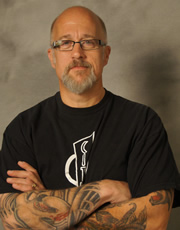


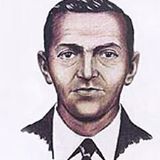
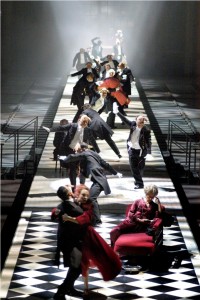

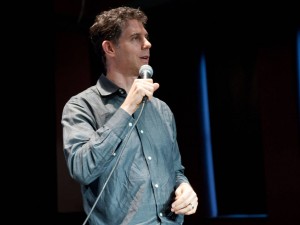
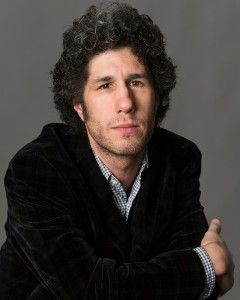
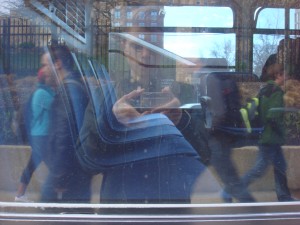
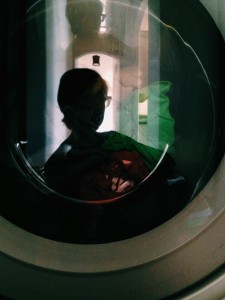
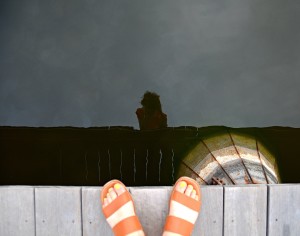
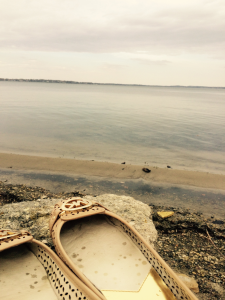
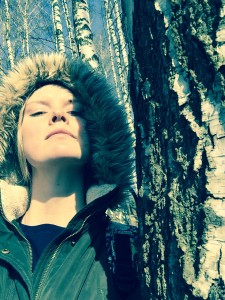

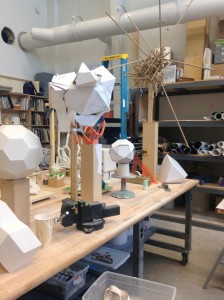
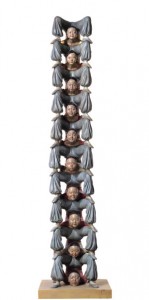
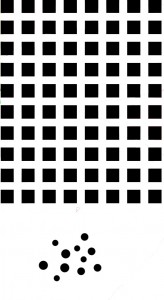
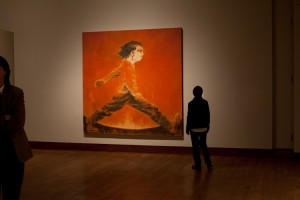
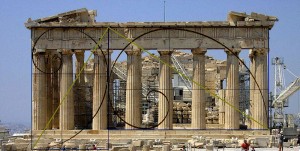
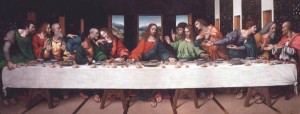
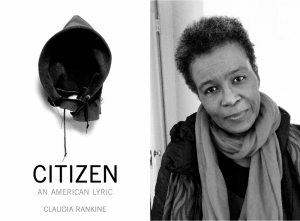
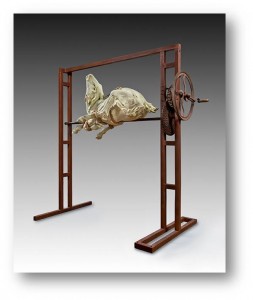
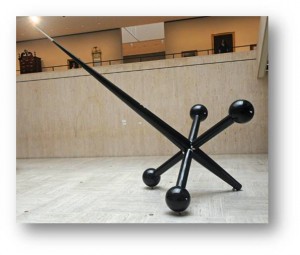

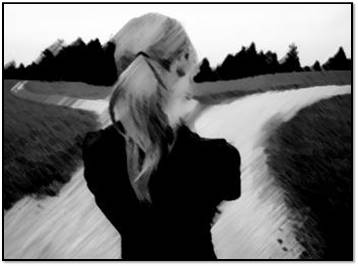
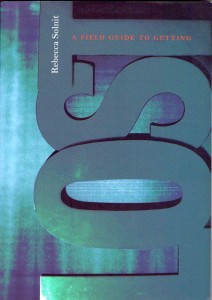
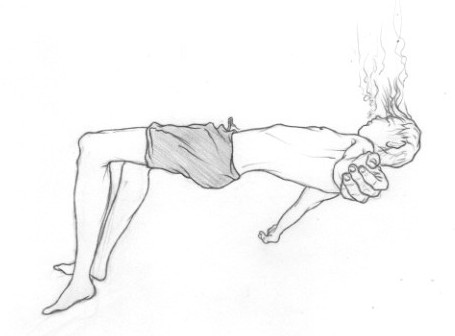
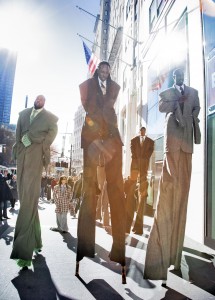
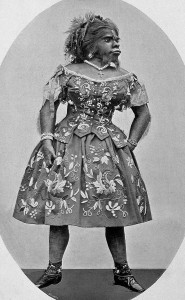
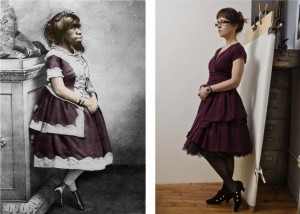

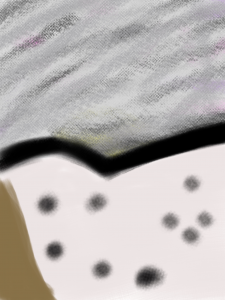
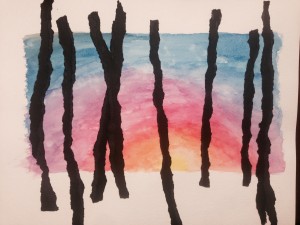
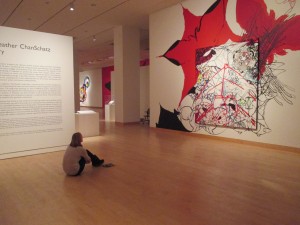
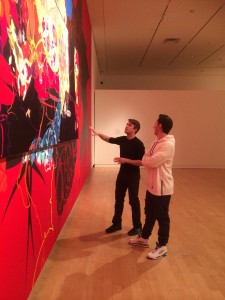
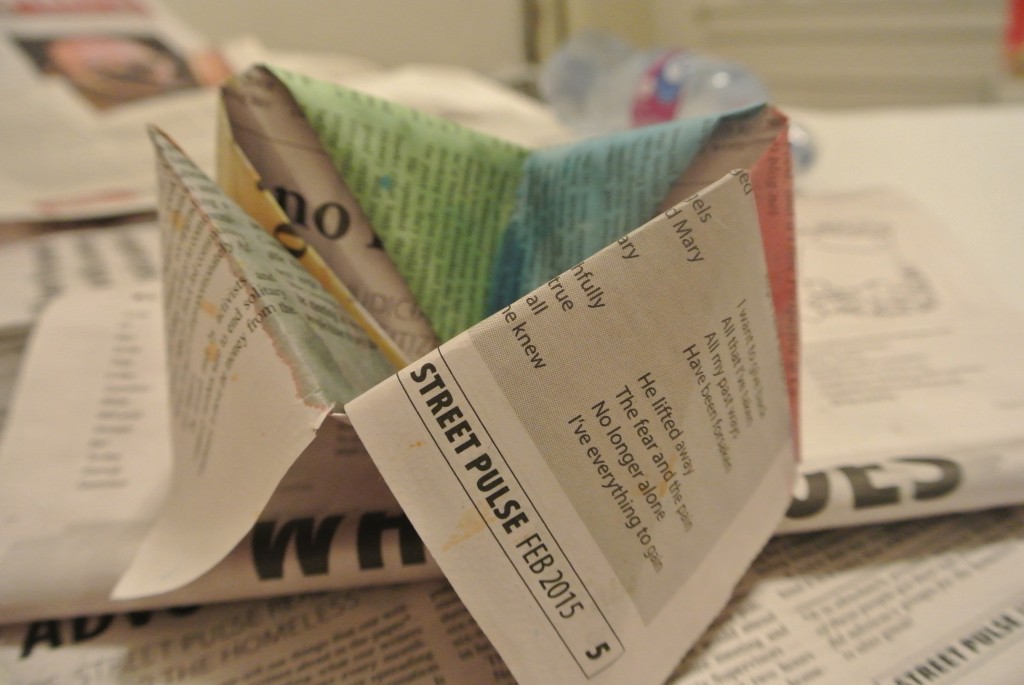 Response to
Response to 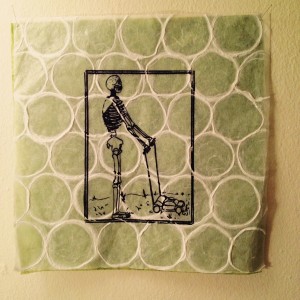
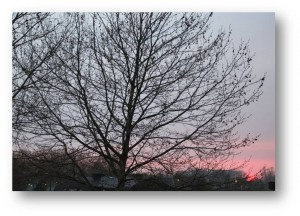 or those following the Beauty Class, this post is about the first two portfolio assignments. One of the primary methods of learning in this course is the creation of portfolios in which students are asked to catalogue their experiences of beauty in art, nature, work, and everyday life. The weekly assignments allow me to trace student progress over the course of the term and are intended to provoke and inspire thinking about beauty. My assignments are a subset of the larger portfolios the students have been asked to create.
or those following the Beauty Class, this post is about the first two portfolio assignments. One of the primary methods of learning in this course is the creation of portfolios in which students are asked to catalogue their experiences of beauty in art, nature, work, and everyday life. The weekly assignments allow me to trace student progress over the course of the term and are intended to provoke and inspire thinking about beauty. My assignments are a subset of the larger portfolios the students have been asked to create.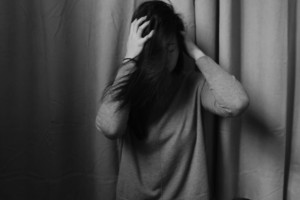

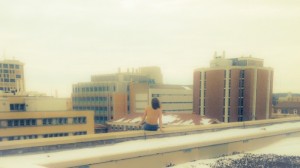


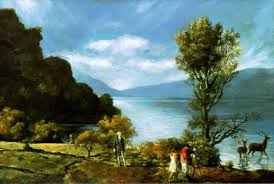 moreover, in the US, people seem to enjoy paintings that also feature historical figures and children.
moreover, in the US, people seem to enjoy paintings that also feature historical figures and children.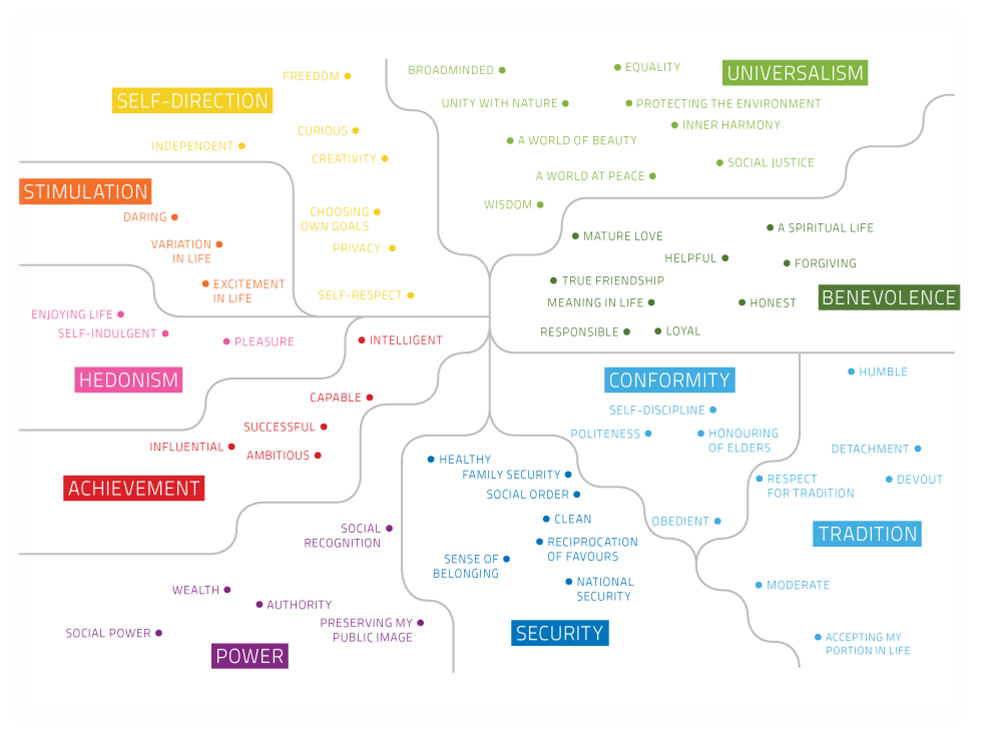
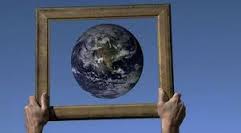

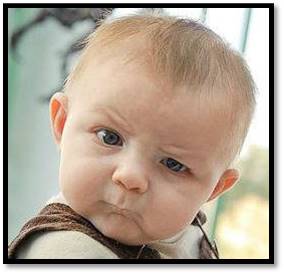
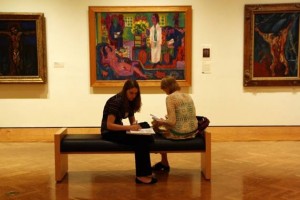
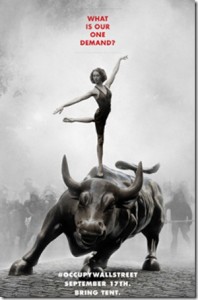
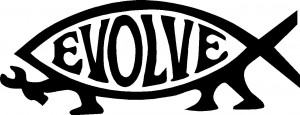

![False Dilemma-thumb-300x254-153811[1]](http://www.artsjournal.com/jumper/wp-content/uploads/2014/03/False-Dilemma-thumb-300x254-1538111.jpg)